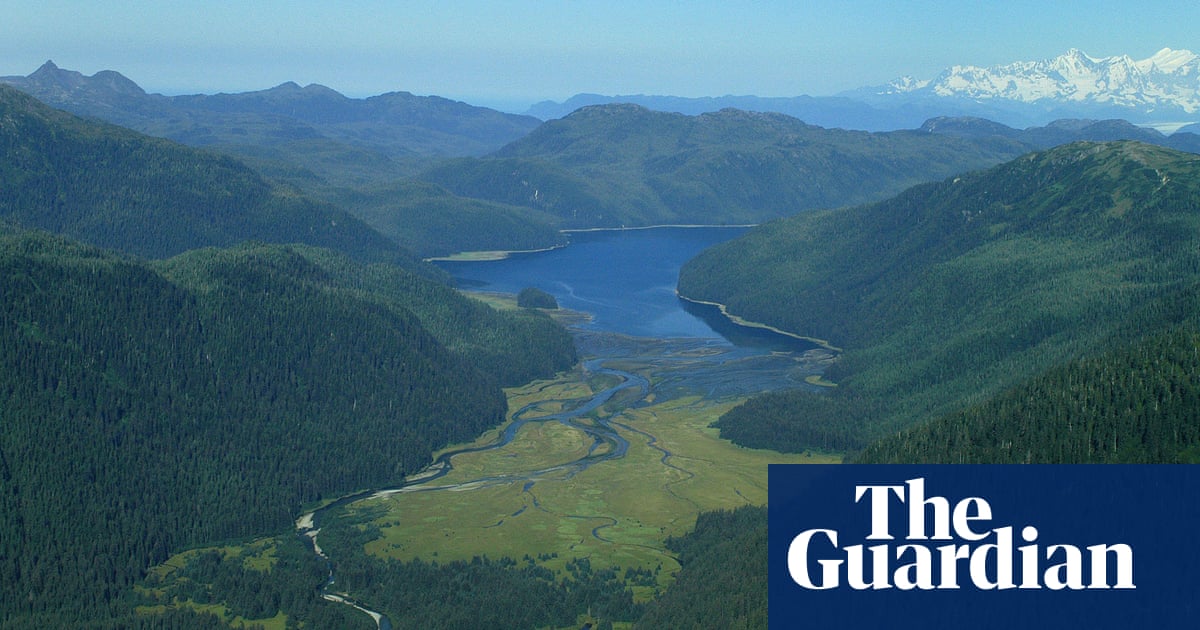Finite Carbon, created in 2009 and bought by British multinational oil and gas giant BP in 2020, is responsible for more than a quarter of the US’s total carbon credits, which it says it generates from protecting more than 60 “high credibility, high integrity projects” across 1.6m hectares (4m acres).
However, experts at the offsets ratings agency Renoster and the non-profit CarbonPlan analyzed three projects accounting for almost half of Finite Carbon’s total credits, with an estimated market value of $334m, according to analysis by market intelligence company AlliedOffsets. Renoster found issues, including trees in a project in the Alaska Panhandle that were probably never in danger of being cut down in an already extensively logged area. Of the credits Renoster looked at, they found that about 79% should not have been issued.
Renoster, a company mostly used by prospective buyers of carbon credits to help them avoid those without real climate benefits, was commissioned by the non-profit newsroom SourceMaterial to examine Finite’s projects. CarbonPlan provided additional analysis.



That’s what I was implying with the bit about “trees accomplishing replanting themselves”, but I can see how that’s not clear.
Overall I super agree. My grad studies (put vaguely so I don’t dox my ass) were the microbiological aspect of a project examining carbon cycling in various growth stages of forest. Some people shit on trees as a method of carbon sequestration but a healthy, diverse forest can really pack it in, especially in early to mid seral stages, and retain it long term.
Plus humans have deforested the hell out of so much of the planet, returning some of it to closer to its previous state has far reaching benefits beyond chipping away at climate change.
I kind of shit C sequestration in general, because I think a lot of the methods out there are pipe dreams, pushed by some C-suites.
To even have a hope in hell of dealing with climate change we need a full transition to renewables, whatever that looks like (I’m not fussy). It’s like trying to spend your way out of debt otherwise, or at the very best, taking on debt to invest, and hoping that the rate of return outpaces the rate of your loan interest.
Part of the reason I dislike the tree planting method for C offsets for a few reasons:
As you indicated, you can lose your progress to fire, which is becoming increasingly common due to climbing temperatures (loan interest goes brrrrrr…)
All C storage is temporary in biological systems. While some forms can be really, really recalcitrant (biochar: half lives of 800 years or more), eventually it all gets released. This isn’t necessarily a bad thing, and is in fact how biological systems work, and must work to have balance, but we need to literally need to remove carbon in perpetuity from the system, as the source was geologically locked away til someone let some monkeys who were far too curious and good at running into the biology lab.
When numbers are the target, forest diversity suffers. Oh fab, you planted a gazillion short-lived Aspen. Thanks for that. The deer are gonna love it but a lot of other stuff is gonna wish it had niche space.
I’m totally with you on the deforestation/diversity part, but I think we are asking too much from trees, and for humans to not be lazy, shitty capitalists who can’t see past the end of their collective noses.
I’m not saying I have an answer to C storage; there are some geological storage methods (like storing in tailings) that look super cool, and would remove the C for much longer times, but I’m not holding my breath, for many of the reasons I’ve touched on. Don’t even get me started on CCS plants like Hieldelberg’s pet project.
Where I see C storage coming in, is a way to minimize the impact of future projects, in the way of scrubbers, or direct deposit methods rather than hoping to suck emission right out of the air, after the fact.
That a probelm tho, esp when it’s companies doing the planting … because they plant harvestible, money-making trees (ie: jackpine) only. No spruce, other pine, poplar, oak or whatever else is indigenous to the area.
Agreed, but shitty, self-serving execution isn’t a tree specific issue. It’s a shitty capitalist company putting profit above preventing global catastrophe issue. Unless that’s prevented, they’ll do the same to every sequestration method possible.